Florida's next invasive species? A crab-eating monkey related to deadly, swimming monkeys: Report
Florida has at least 40 more invasive species to worry about with some unexpected creatures topping the list, according to a recent "horizon-scanning study."
Led by University of Florida scientists, the study assessed 460 species that had not yet been recorded in Florida for their potential harm should they be introduced.
The state is already known for an infestation of Burmese pythons, which have caused such devastation in the Everglades that the state will pay you to hunt them. The study hopes to get ahead of those devastating effects by identifying ecological threats for conservation officials.
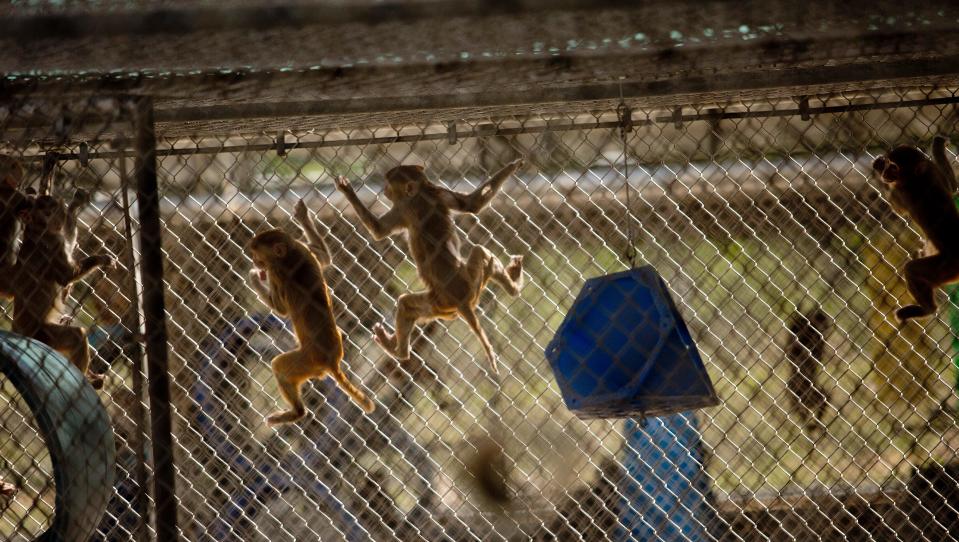
Among the species identified as the most likely invaders were the alewife, zebra mussel and red swamp crayfish. All species studied were ranked based on the likeliness they could arrive, the likeliness they could spread and establish, and the severity of their impact on the surrounding ecology if they did, according to Deah Lieurance, a co-author of the study.
The fourth species that topped the list surprised even Lieurance: the crab-eating macaque, a type of monkey.
"Looking at the potential impacts, you know, that's what really alarmed me," Lieurance said in an interview last week. She explained, in addition to ecological damage, they could have a human-impact as well. The species' relative the Rhesus macaque is already established in Florida and carries a deadly strain of herpes that the crab-eating macaque could become carriers for. Further, the crab-eating macaque are already in the state for biological testing.
"Say there's a, you know, Category Five hurricane that might breach wherever they're being held captive," Lieurance said. "There could be a potential introduction there."
Florida animals: Florida woman captures Everglades alligator eating python. Wildlife enthusiasts rejoice
Florida a hotbed for invasive species
In a UF blog post about the study, director of the UF/IFAS Invasion Science Research Initiative Matthew Thomas called Florida "ground-zero" for invasions in the U.S.
Lieurance attributes this to the following factors:
Florida has 35 international ports of entry
120 million tourists visit Florida every year
85% of all nonnative plant species that arrive in the U.S. do so through Florida
Florida has a tropical, subtropical and temperate climate
The tropical and subtropical climates overlap with some of the more biodiverse regions in the world
Lieurance said Florida, California and Hawaii rank highest for invasive species.
Wild Florida monkey adept swimmer carrying deadly strain of herpes
The rhesus macaque, a relative of the potentially invasive crab-eating macaque, was first recorded in Florida when a commercial river boat captain released them on a river island south of Gainesville to attract more tourists, according to a post by the Wildlife Ecology and Conservation Department, UF/IFAS Extension.
The monkeys are "excellent swimmers" and immediately got to the forest and began breeding, according to UF. Subsequent populations were introduced in the Florida Keys and Titusville from a breeding lab and an amusement park.
According to the Florida Fish and Wildlife Conservation Commission, the monkeys in the state have tested positive for herpes B, which can cause severe brain damage or even death. They can also carry rabies.
The population continued to grow before the monkeys were trapped in a controversial move to control the population, the UF post states.
The Florida FWC declined to comment further on the current rhesus macaque population and current population control efforts. However, credible sightings are tracked online. There have been 230 reports going back to 1959 with the majority of entries falling between 2007 and November 2023.
Crab-eating macaque live in Florida for animal testing
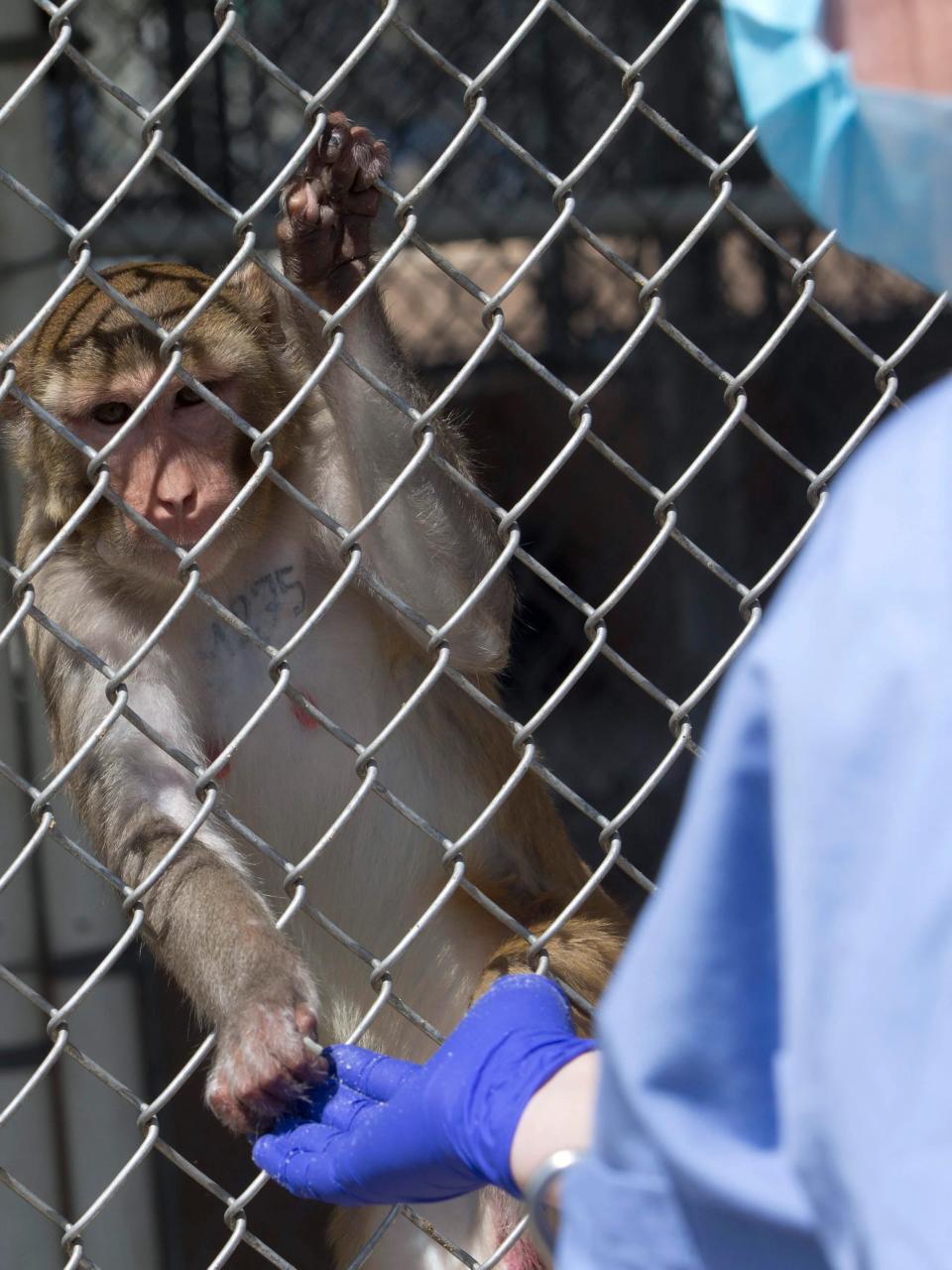
The Florida FWC told USA TODAY in an emailed statement that crab-eating macaques are not established in Florida.
However, researchers involved with the study confirmed with Lieurance that they are being bread by Primate Products at a facility in Hendry County near Fort Myers. Additional facilities in Labelle (part of Hendry) and Homestead, south of Miami, contain the crab-eating macaque. The Associated Press reported in 2015 that three facilities in Hendry county house thousands of these primates in total.
The Florida FWC declined an interview on the matter, and did not comment on conservation efforts to prevent the crab-eating macaque from being introduced. Instead, they issued the following statement:
"Crab-eating macaques are not established in Florida. Monkeys are not native to Florida, and wild populations may have negative impacts on native wildlife, ecosystems and agriculture...If you encounter wild monkeys in Florida, it is important to keep a safe distance and never feed wild monkeys. To help prevent injuries and the spread of disease to people, feeding wild monkeys is illegal in Florida (Rule 68A-4.001). Members of the public can report monkey sightings to the Florida Fish and Wildlife Conservation Commission online at IveGot1.org."
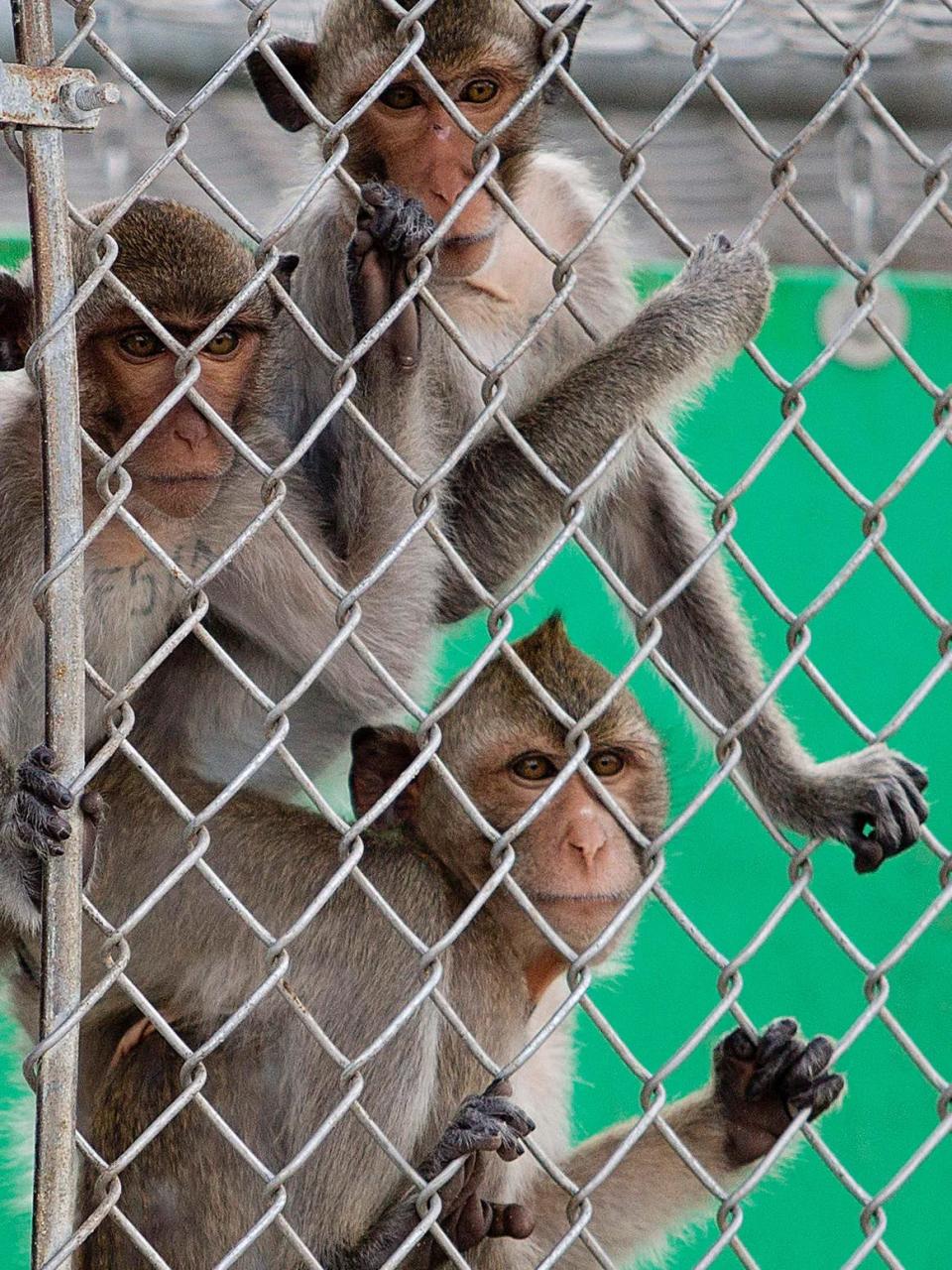
Study identifies 3 other species at high risk for invading
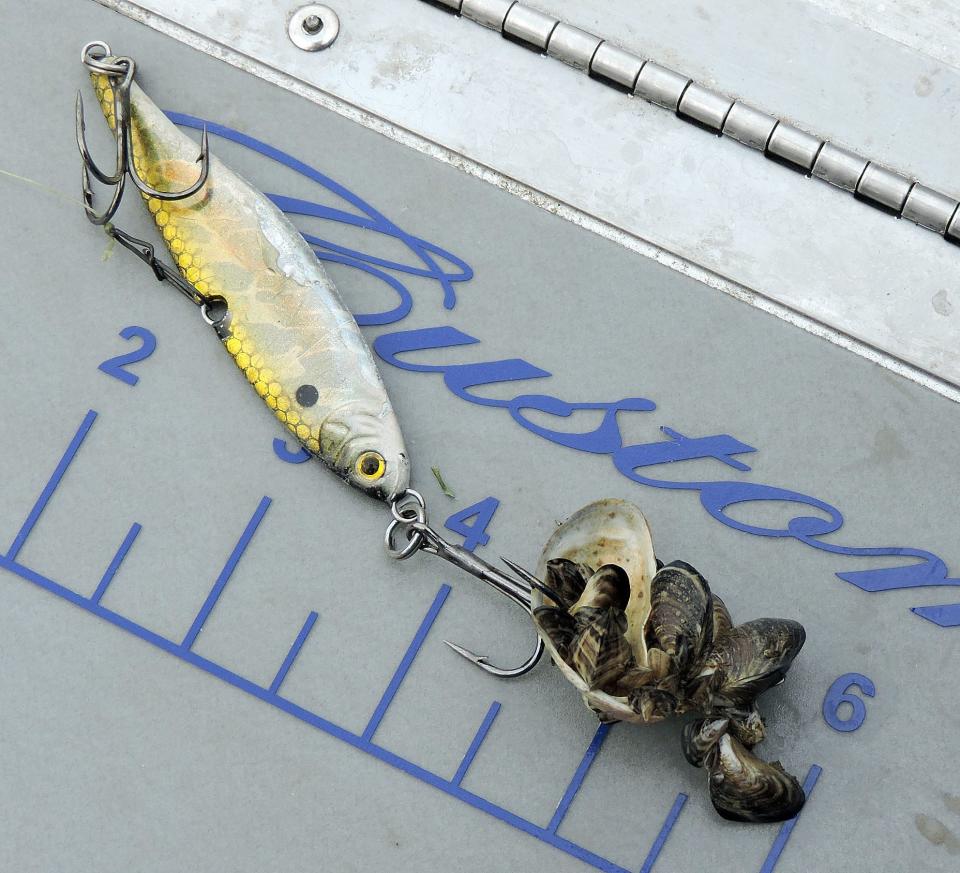
Lieurance said many of the species they assessed did not yield enough data to make conservation recommendations on the species.
Forty species demonstrated enough risk to be put on a "watchlist," as Lieurance described it, though she still recommended the species receive further individual risk assessments.
The three that joined the crab-eating macaque in the top ranked for the most likely invaders were:
Alewife - a sleek, silvery species of herring that grows to about 15 inches.
Zebra mussel - established in the Great Lakes, they arrived in ballast water released by boats scientists believe. The mussels are an expensive nuisance and hurt the environment.
Red swamp crayfish - lobster-looking creatures
Lieurance said looking at potential threats holistically could help make preventative measures more efficient. For example, several other crayfish that were identified on the watchlist share the same pathway into the state. If officials focus on monitoring the pathway, they could monitor several potentially dangerous species at a time.
According to the World Economic Forum, invasive species cost the world $423 billion every year. And once an invasive species arrives, humans are already behind in managing them, Lieurance said.
"We spend about 25 times less on prevention efforts than we do management," Lieurance said. "So that's where this horizon scanning kind of fits in. Not only can we preserve habitat, and biodiversity, but we can also save money."
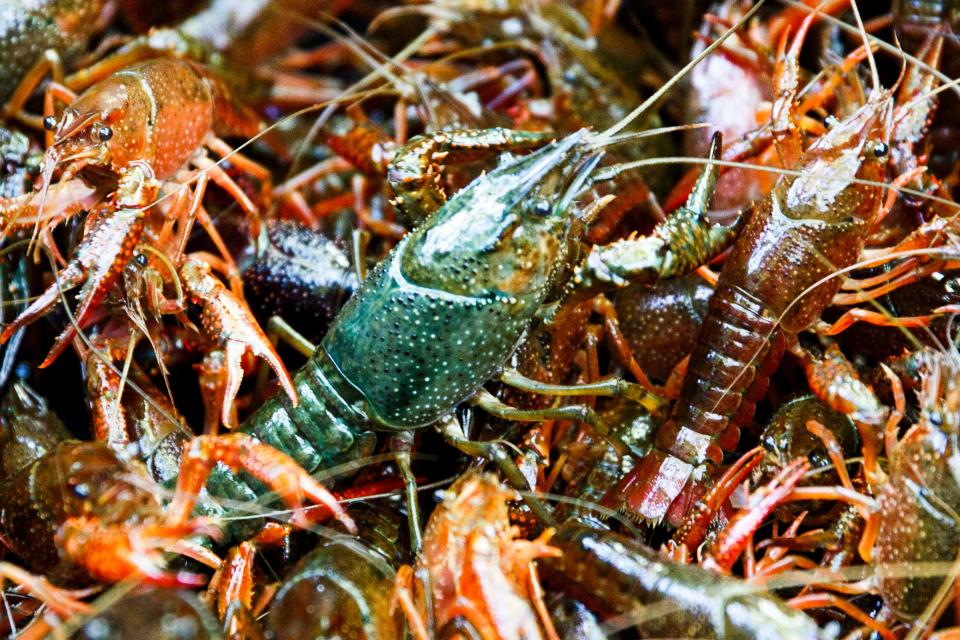
This article originally appeared on USA TODAY: Florida's next invasive species threat is a crab-eating monkey: Report

